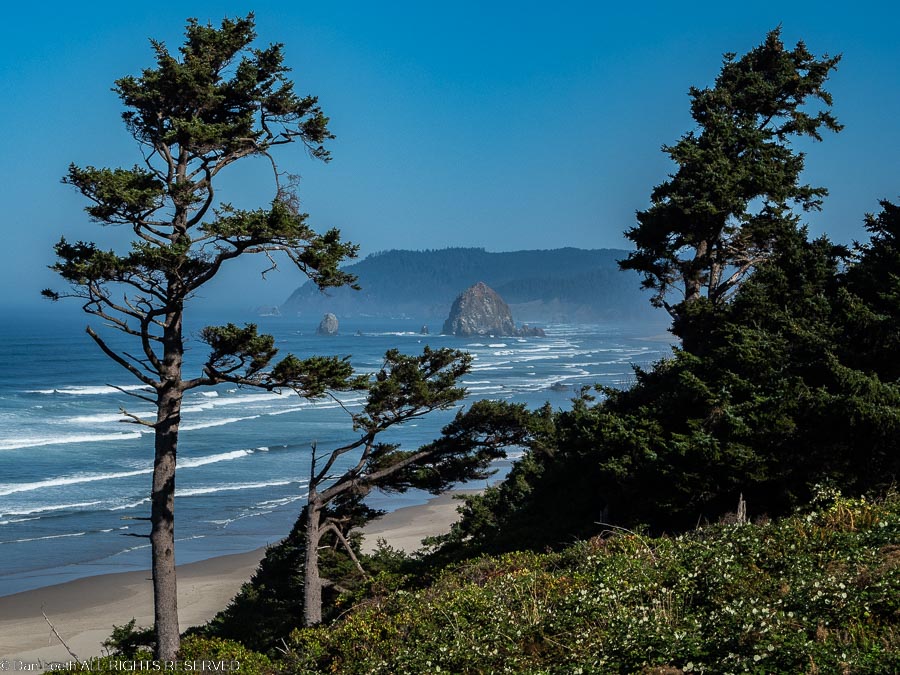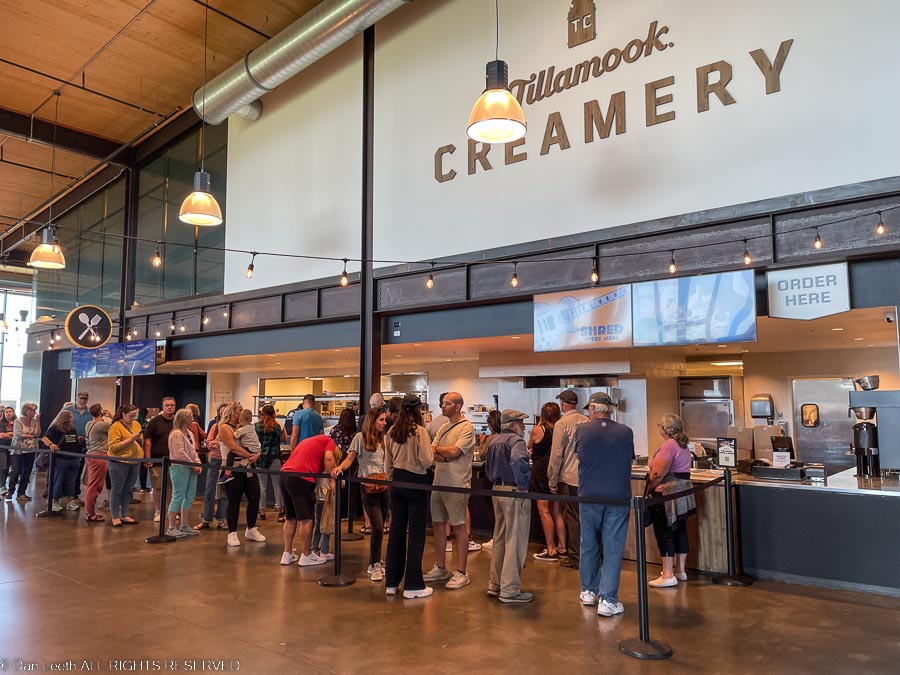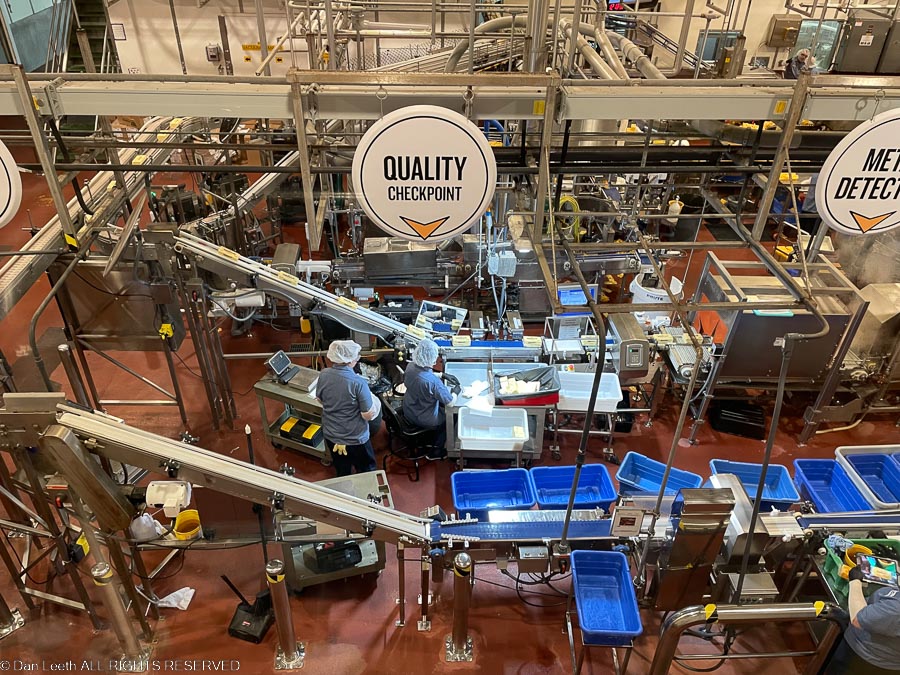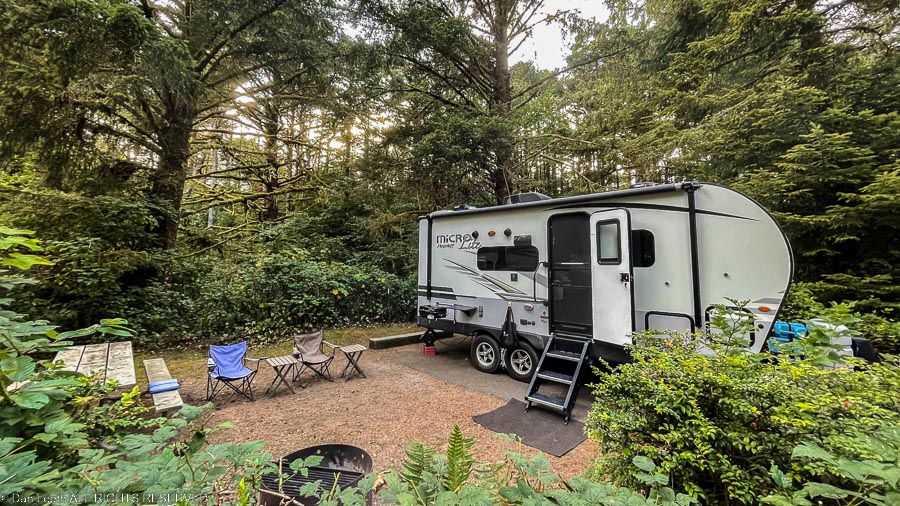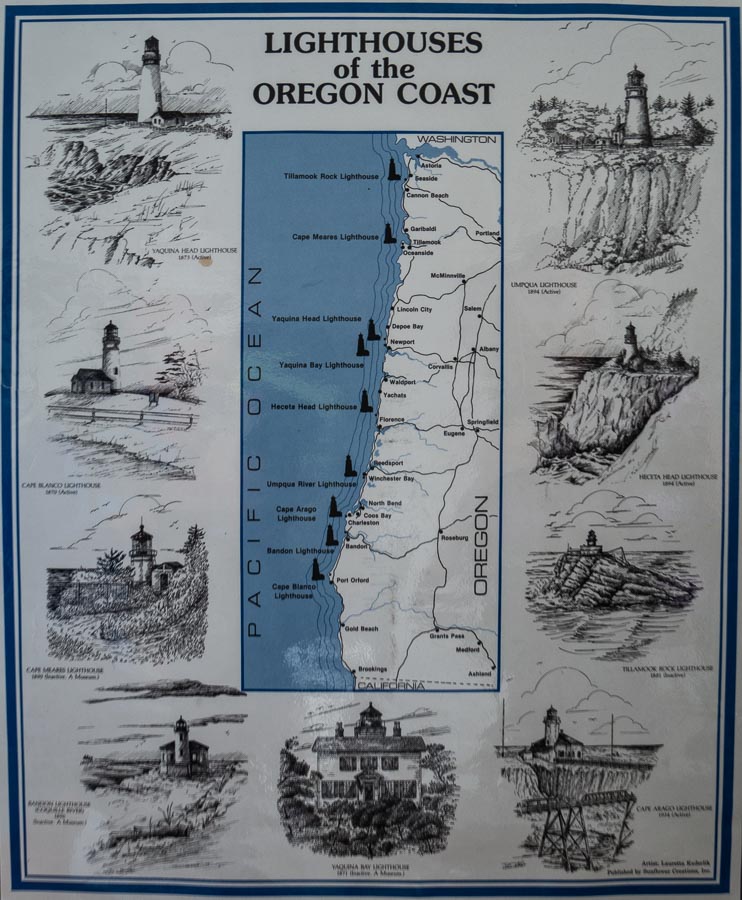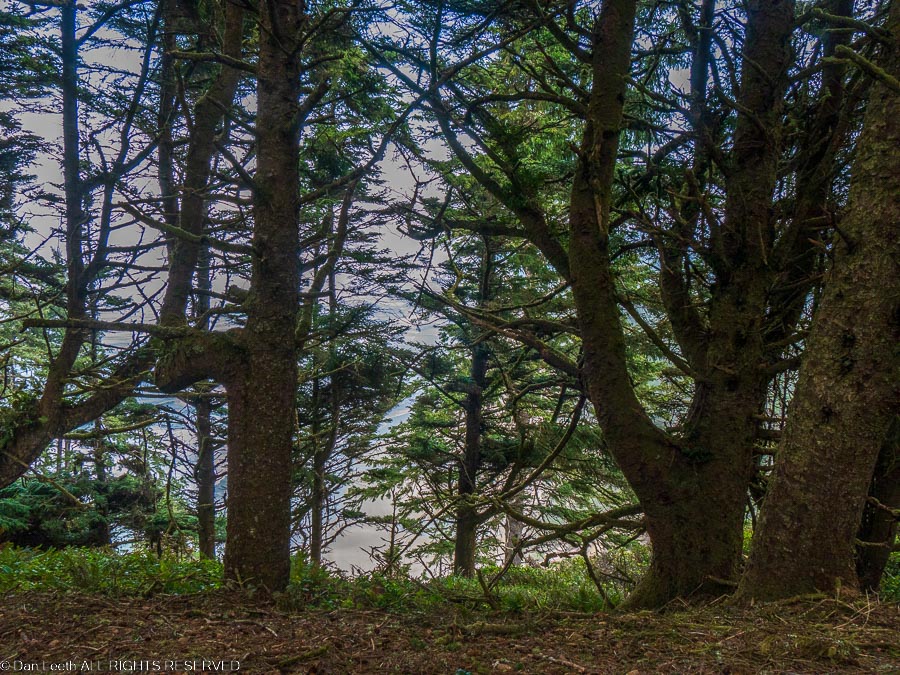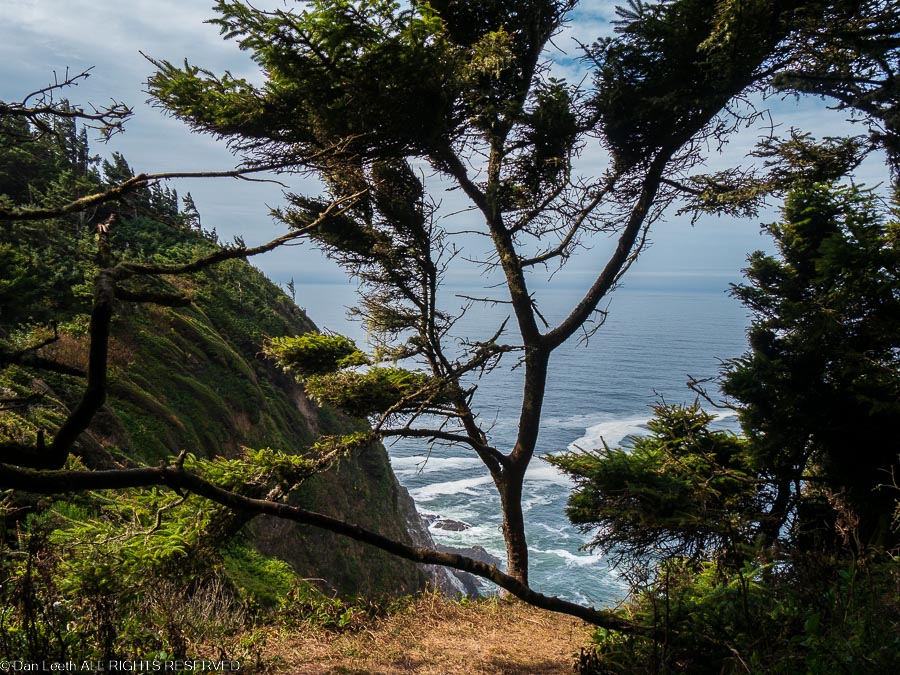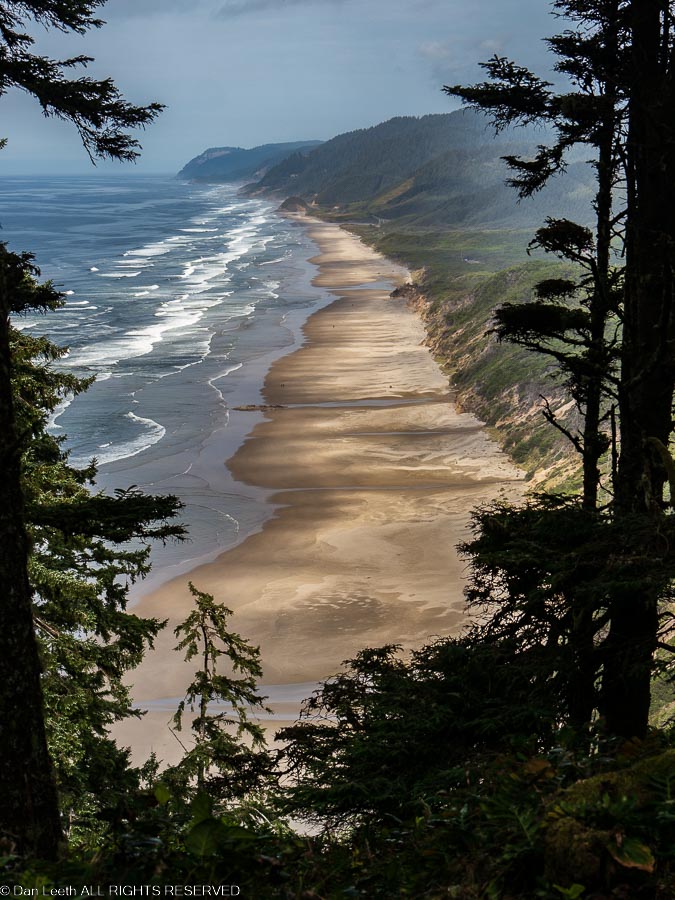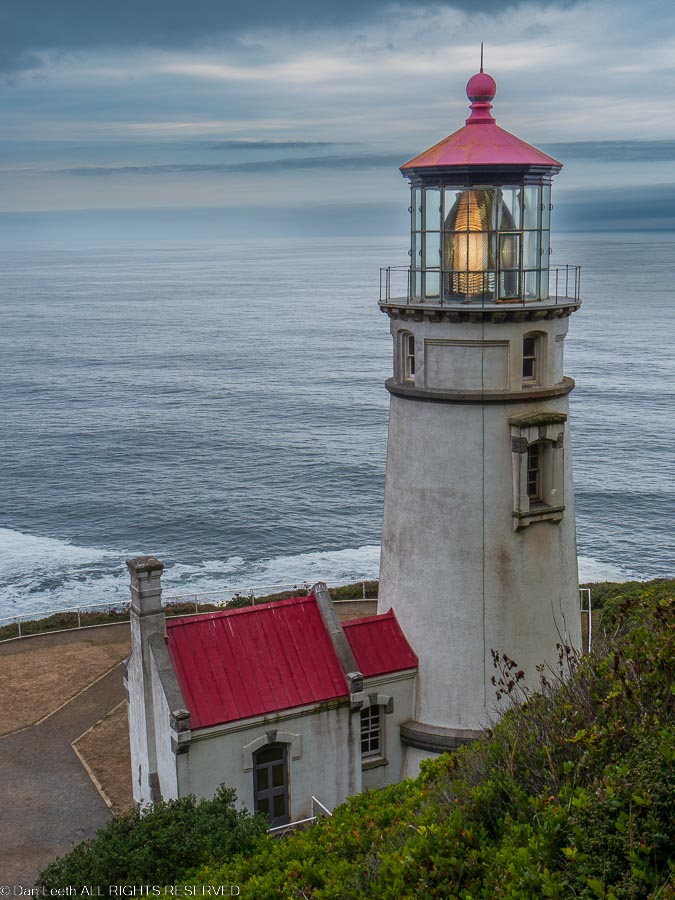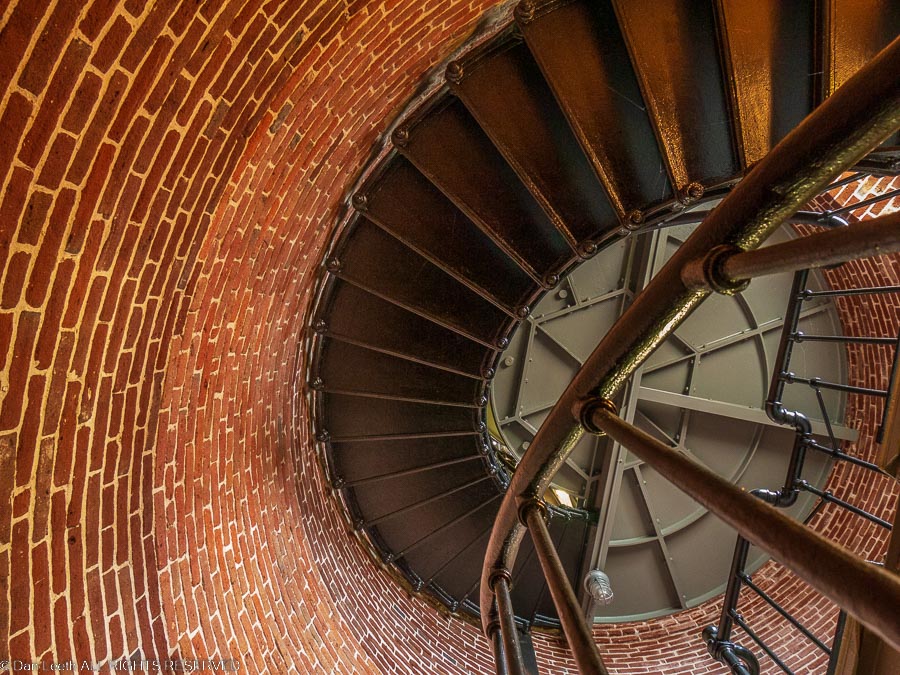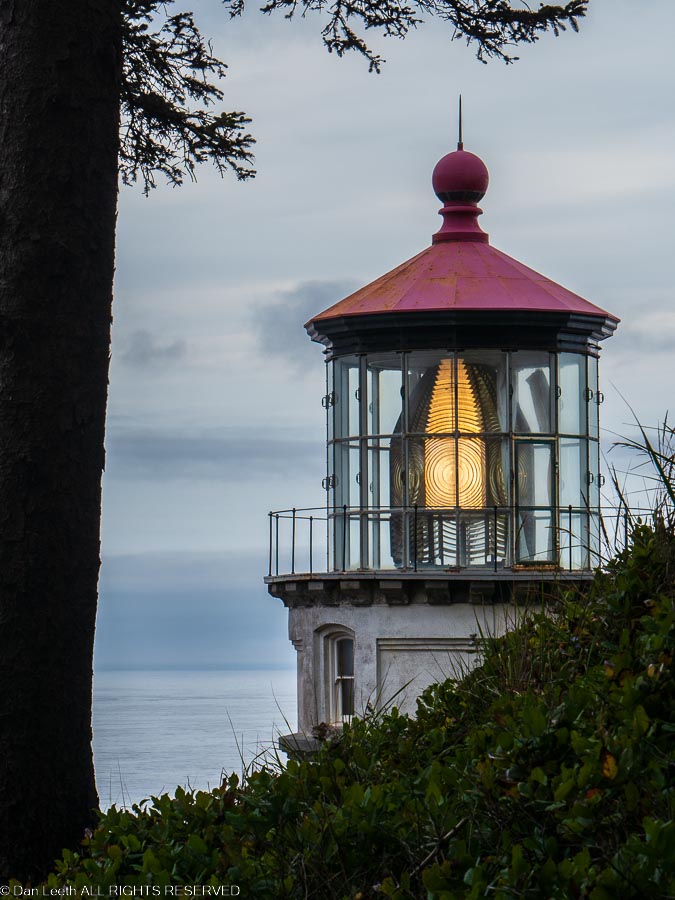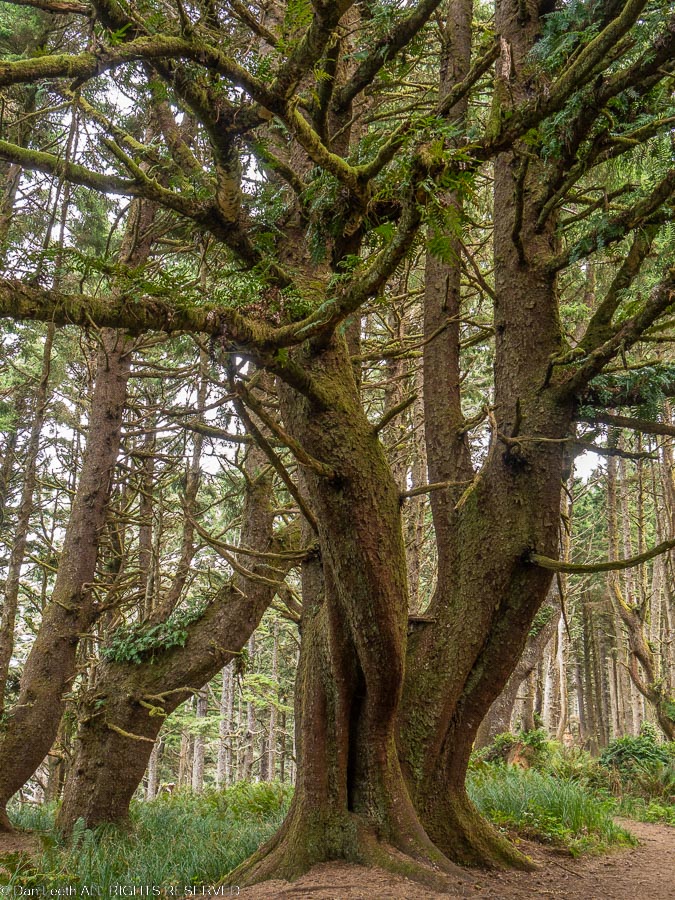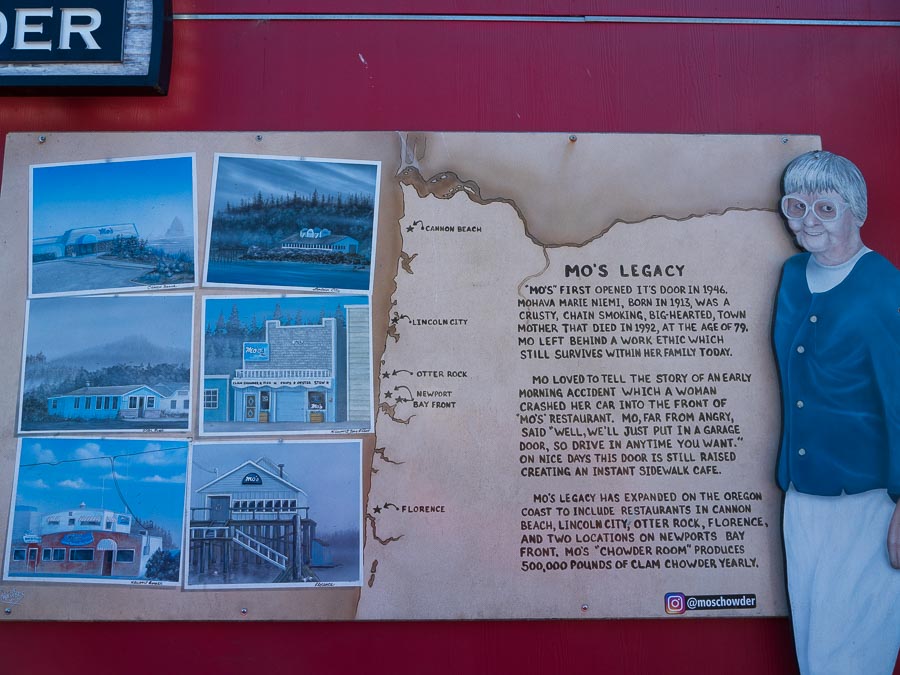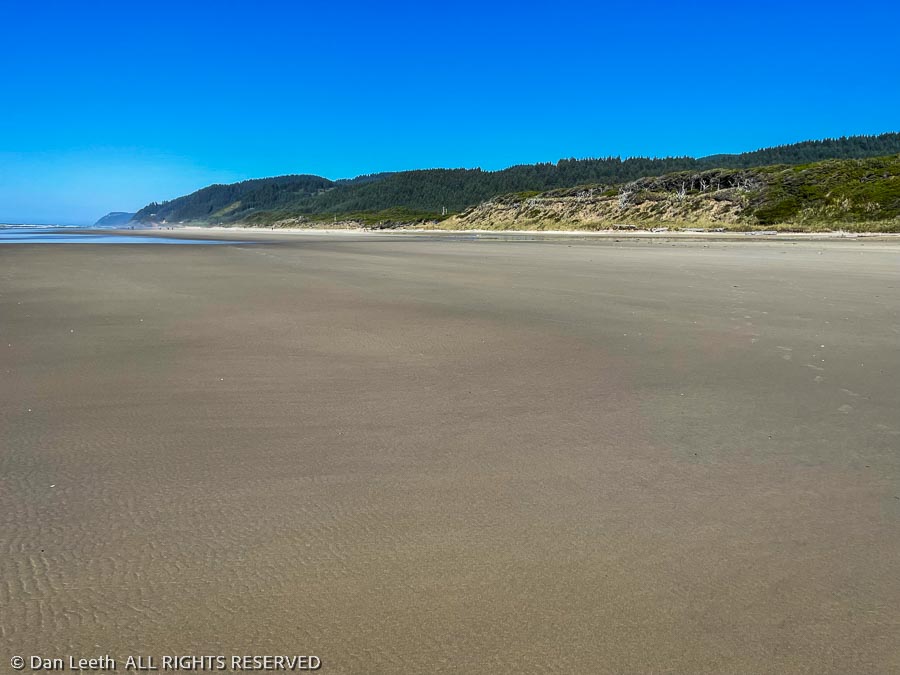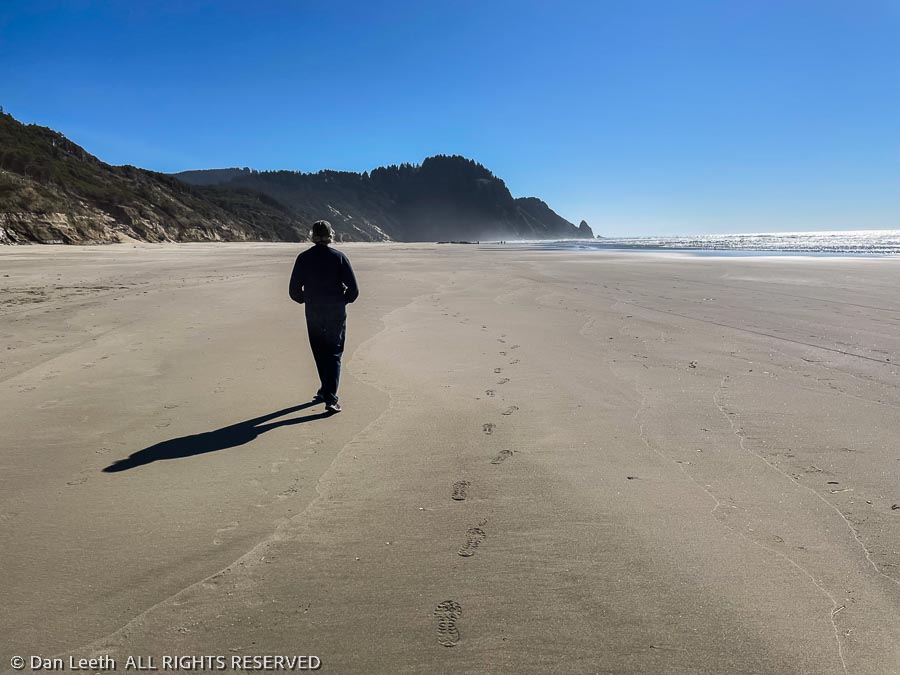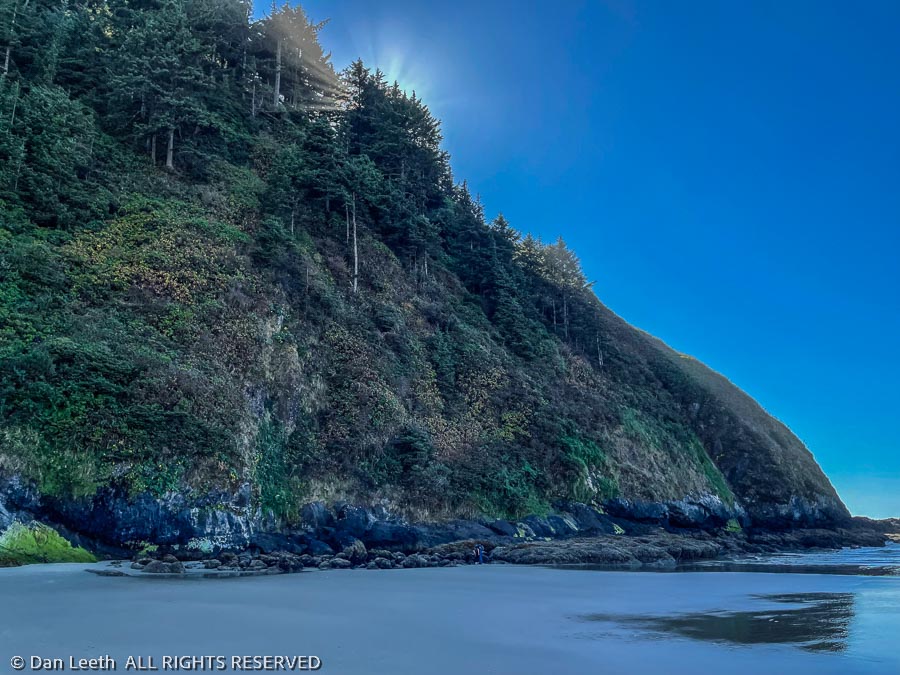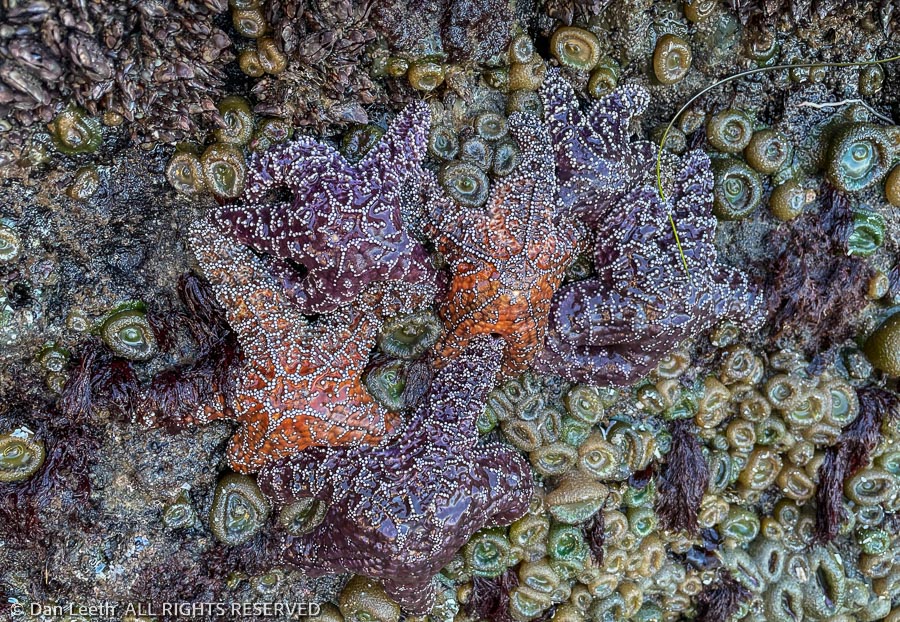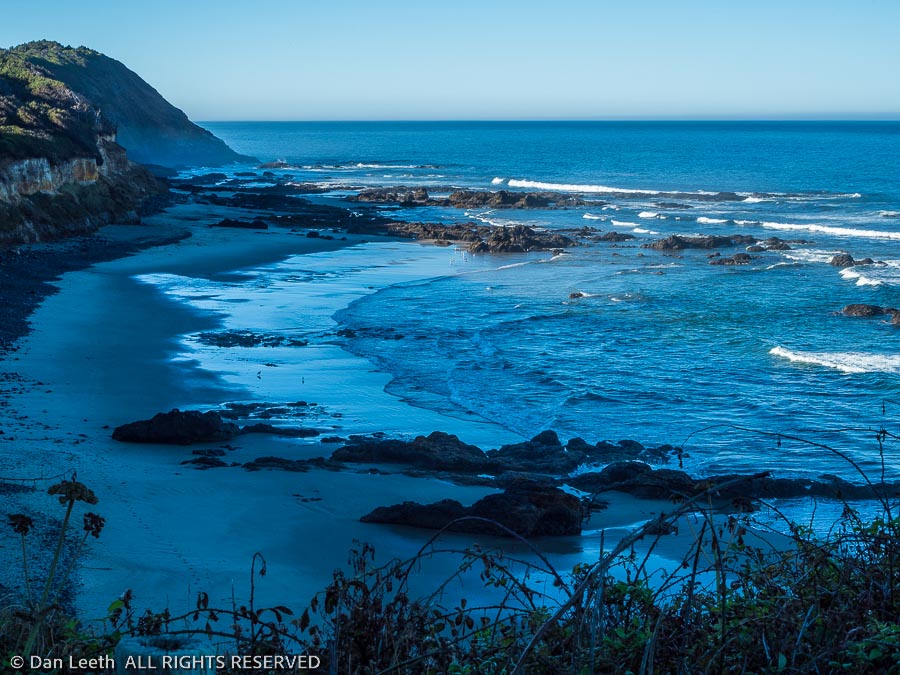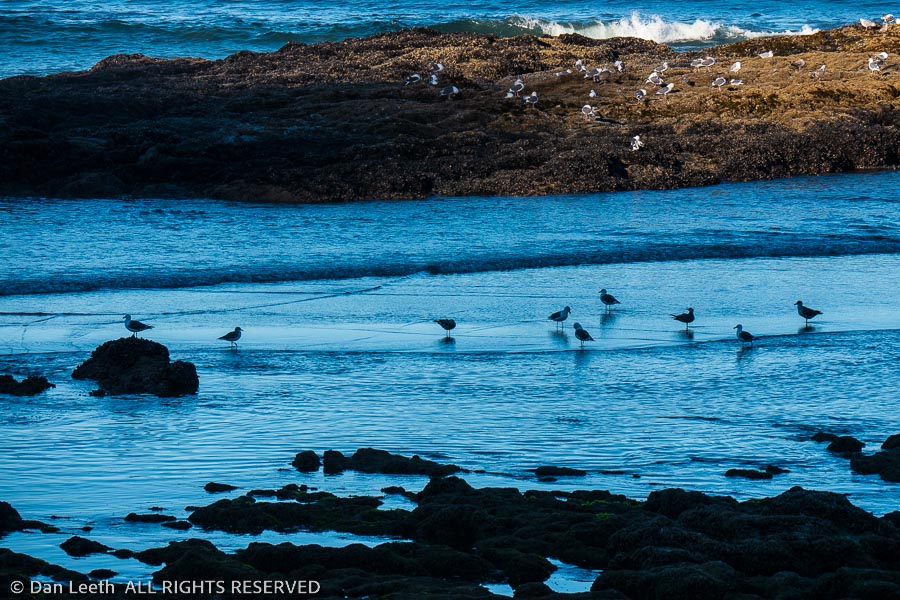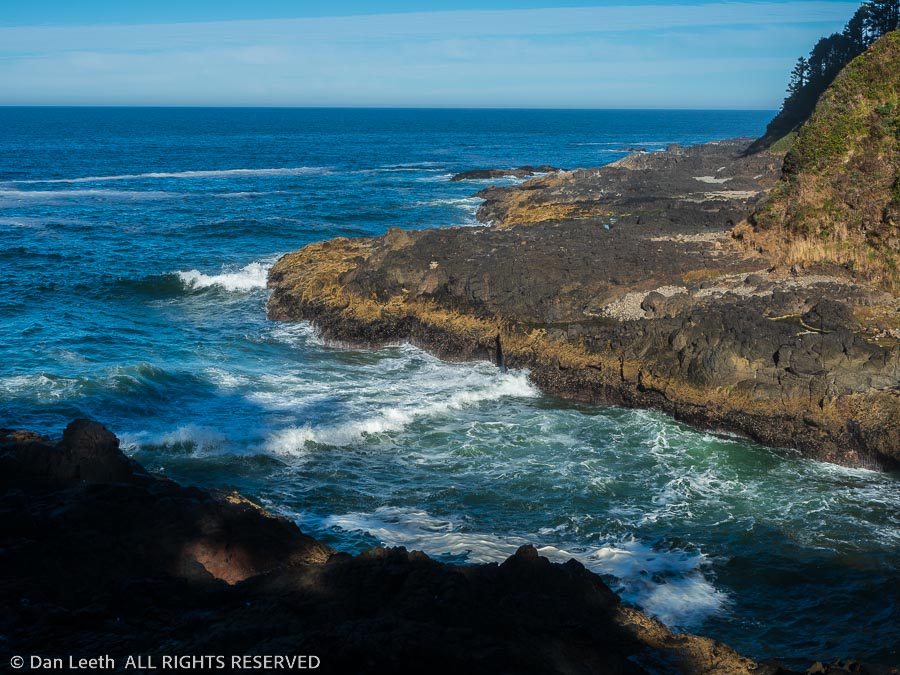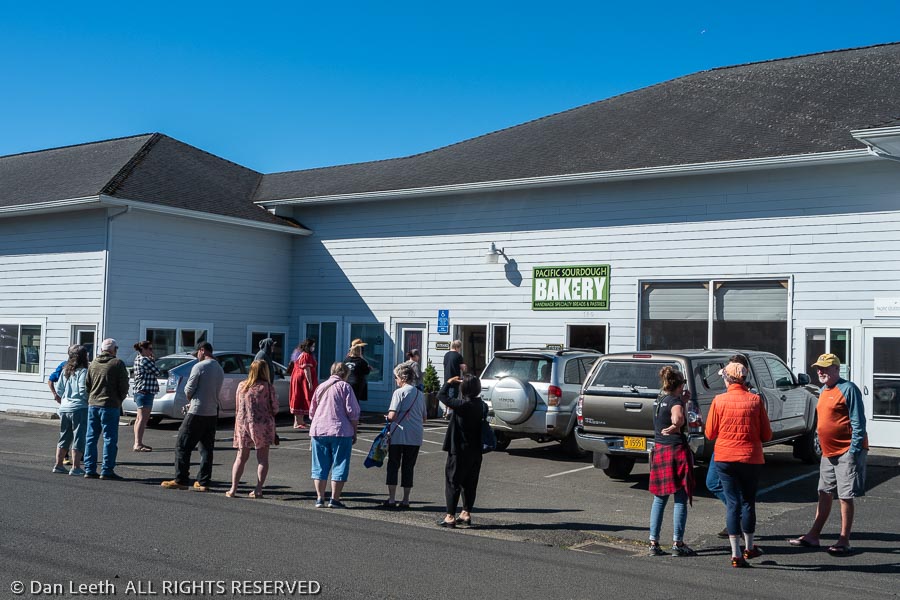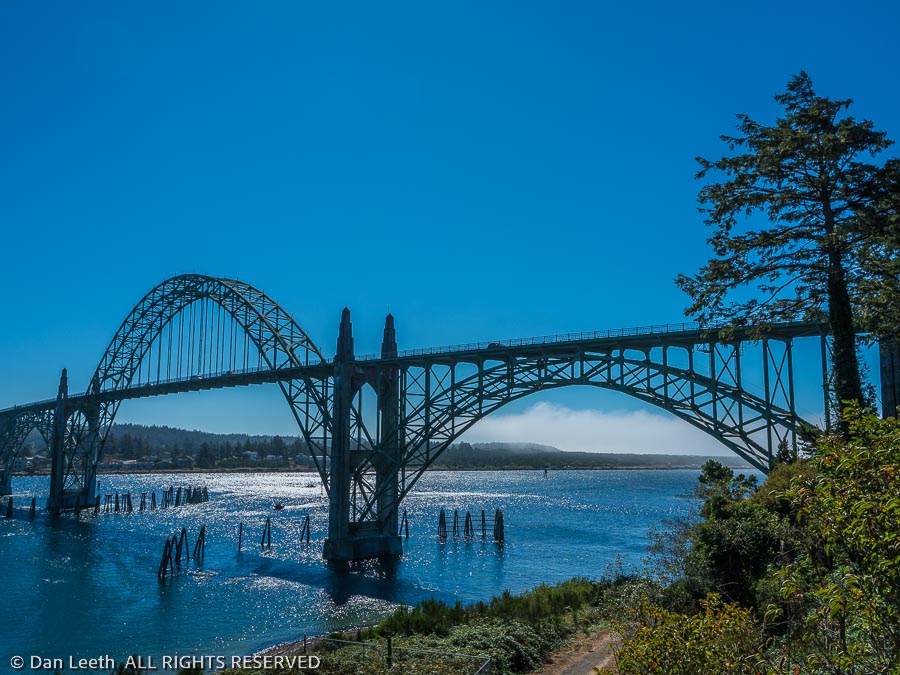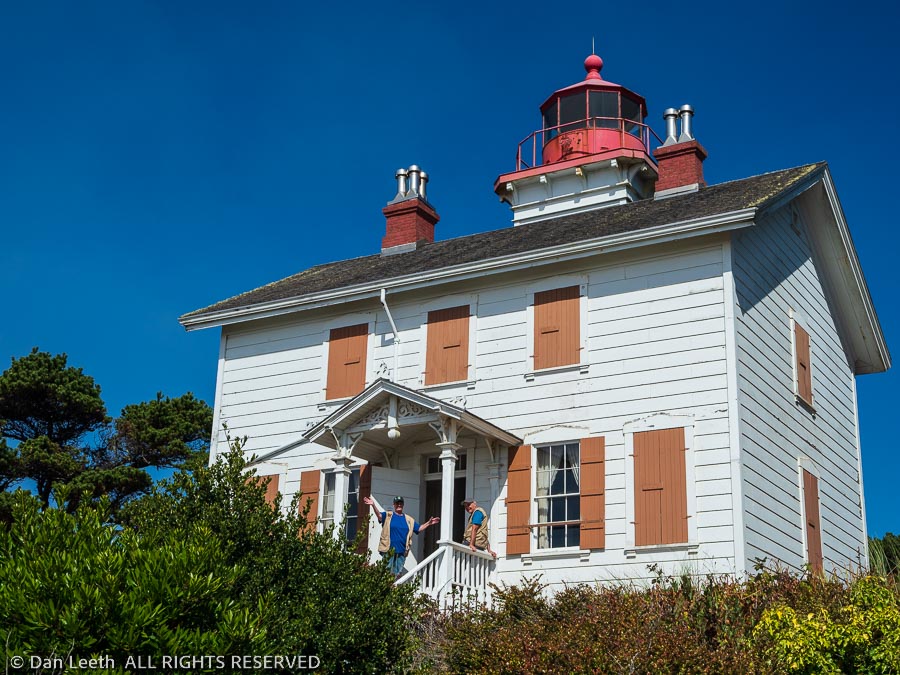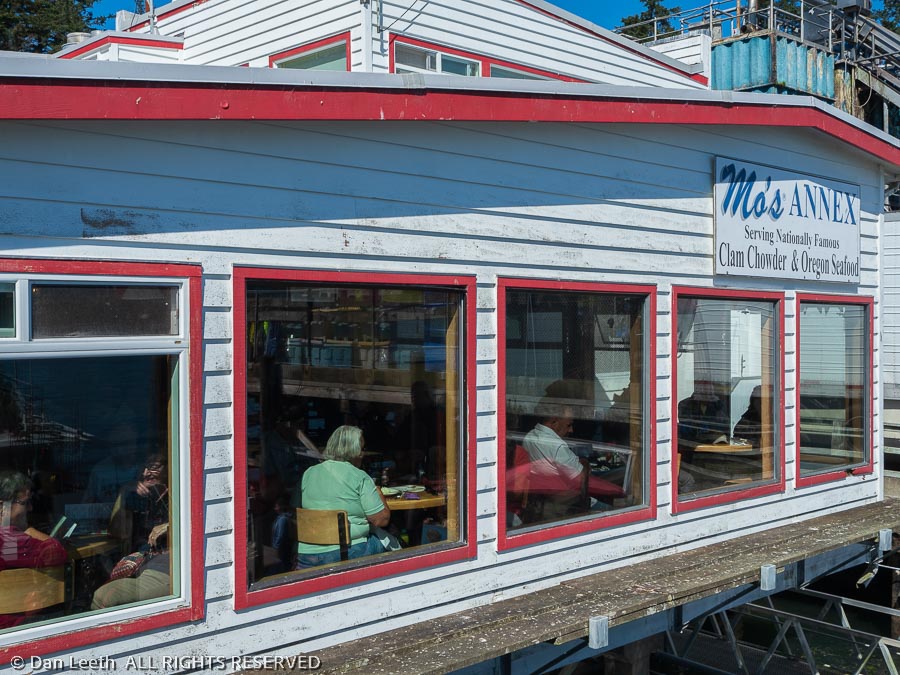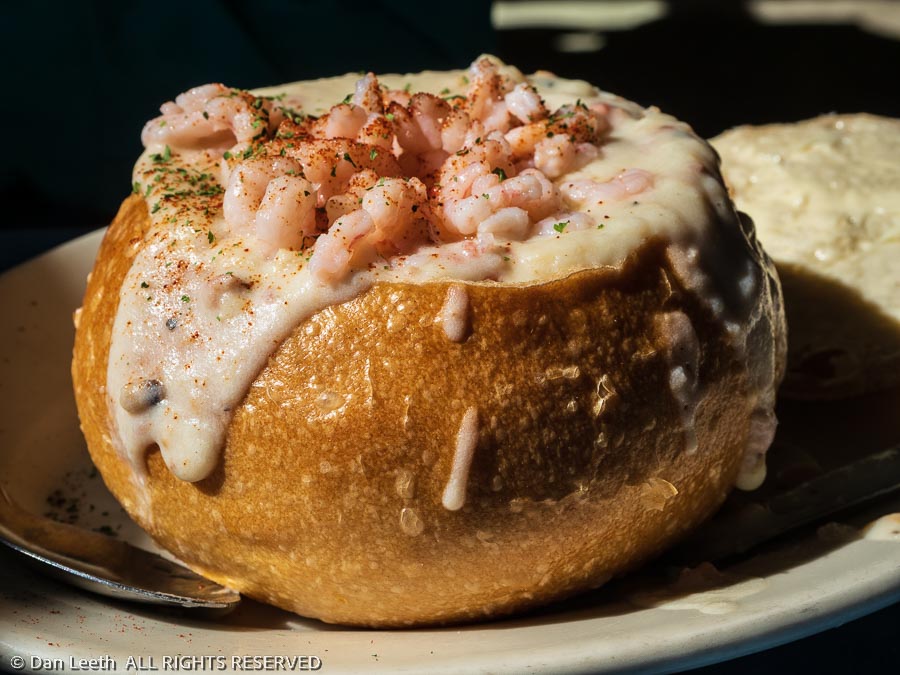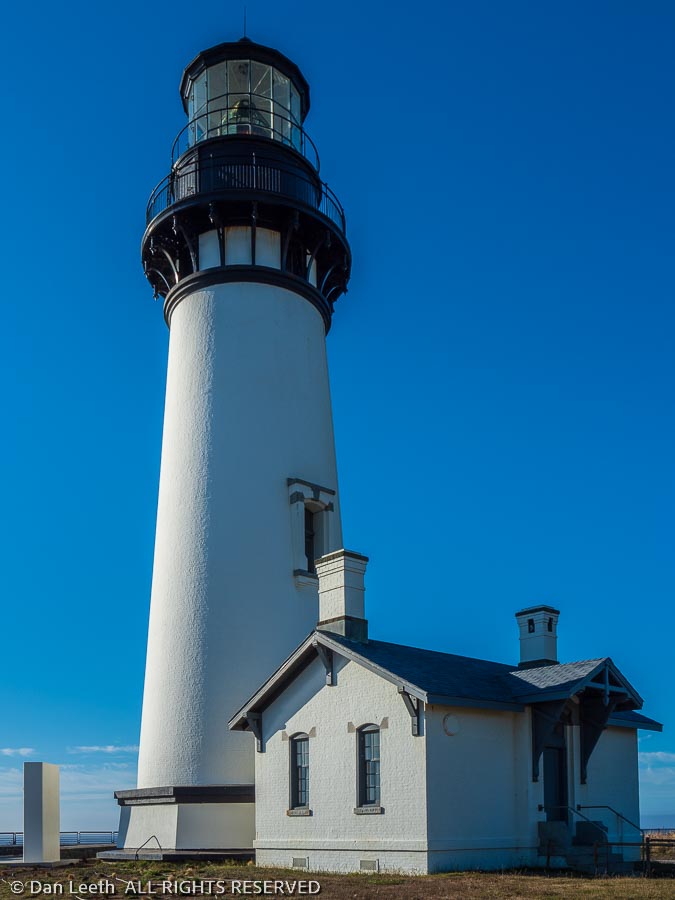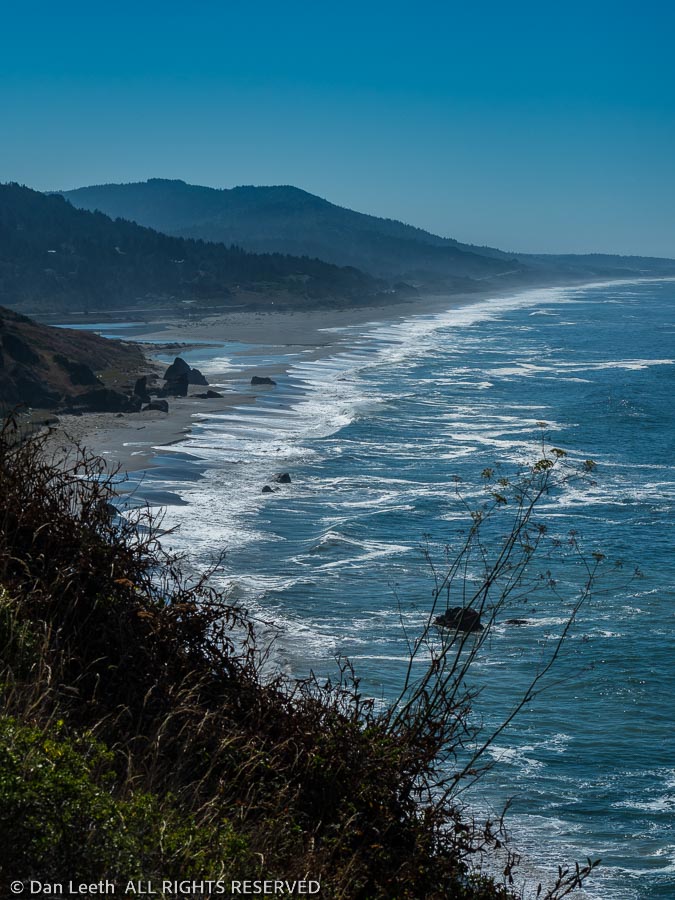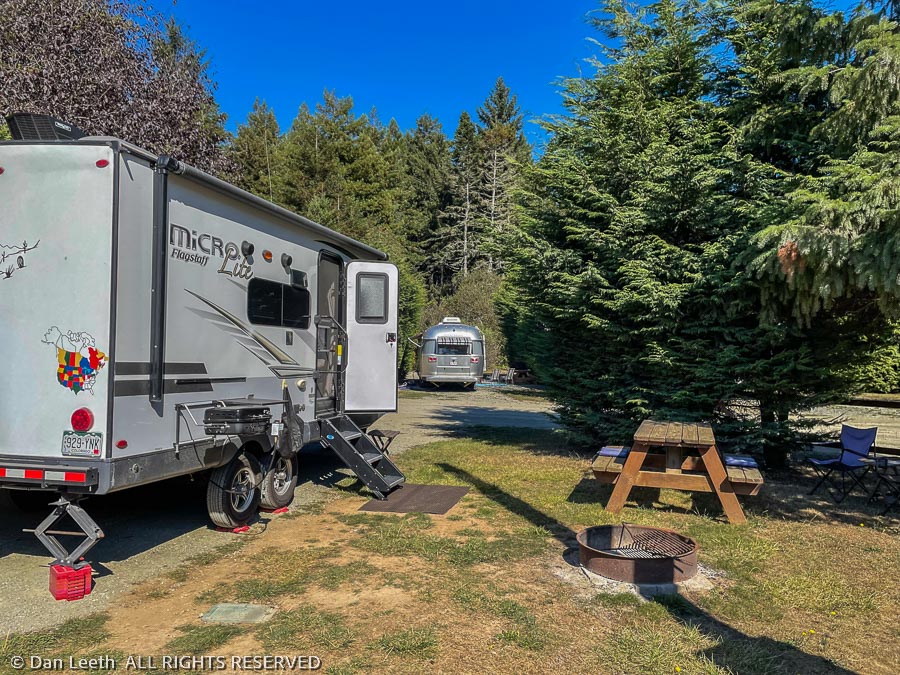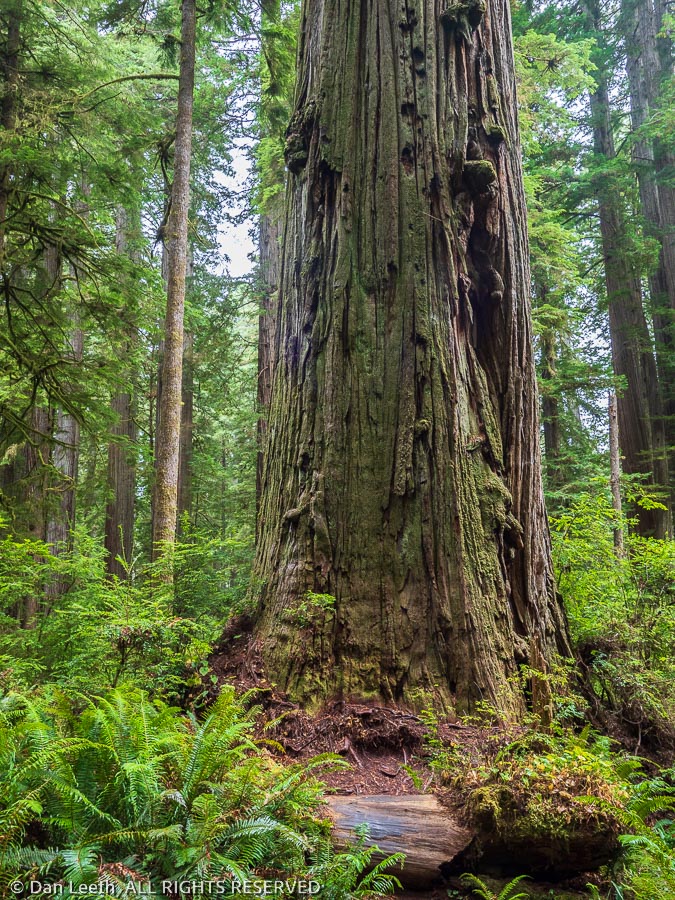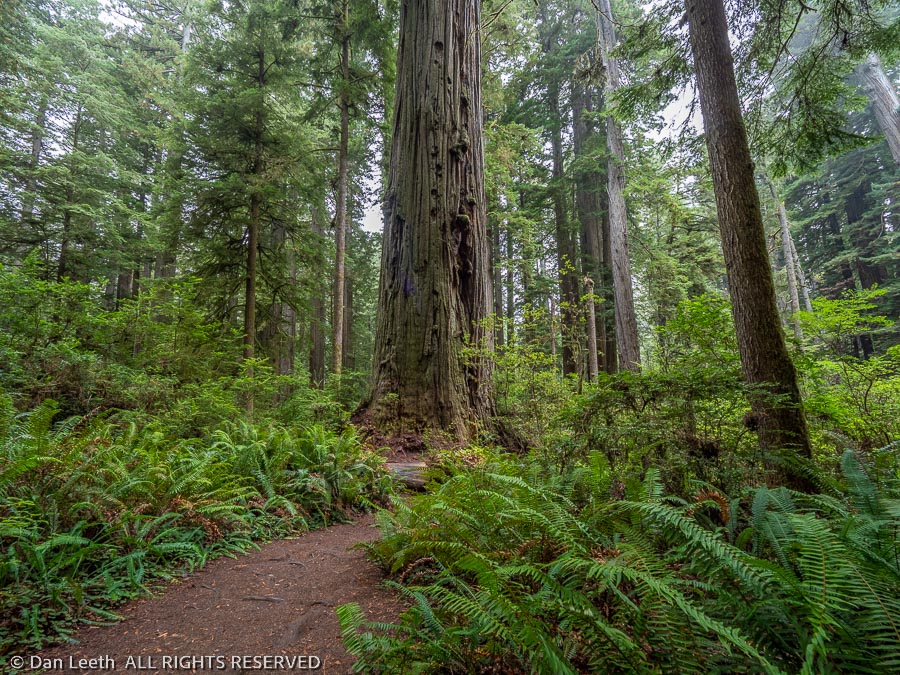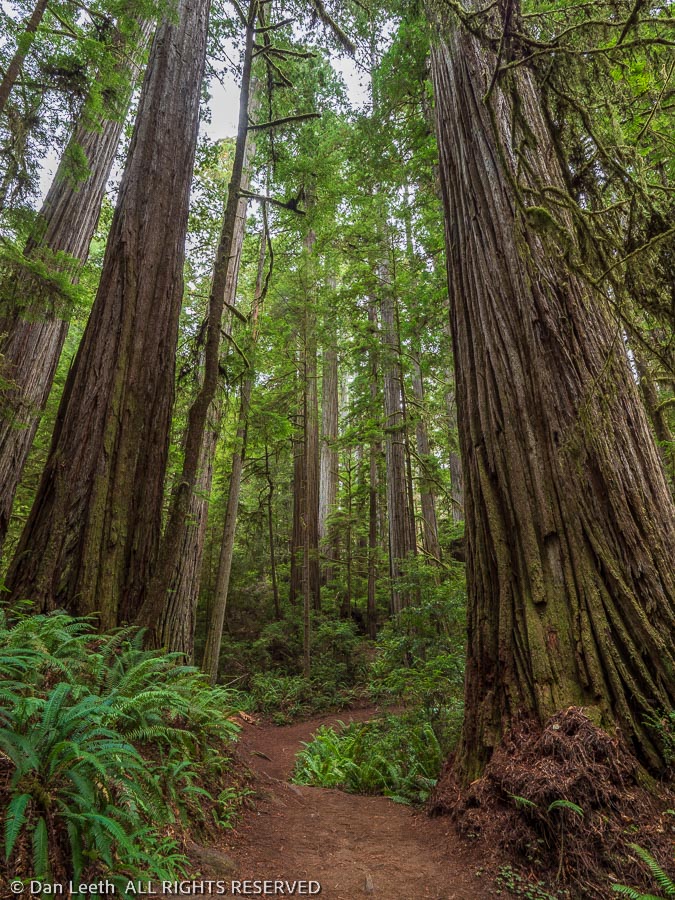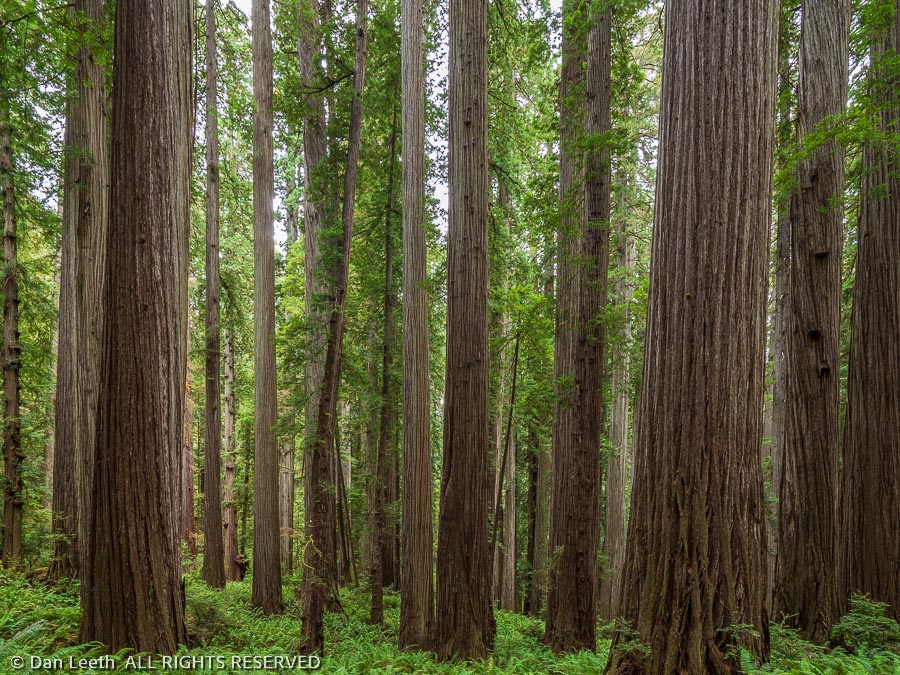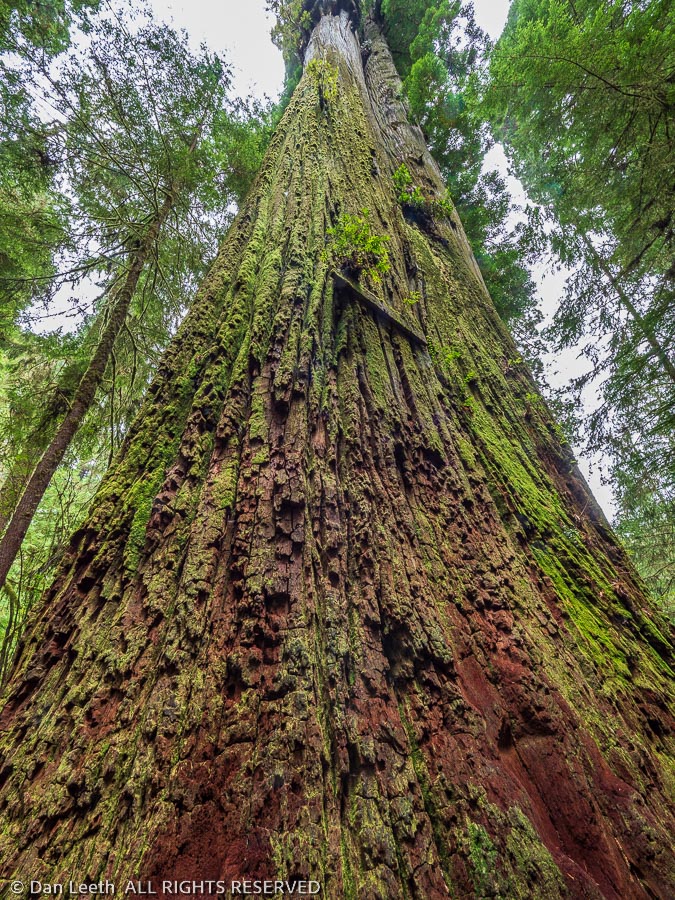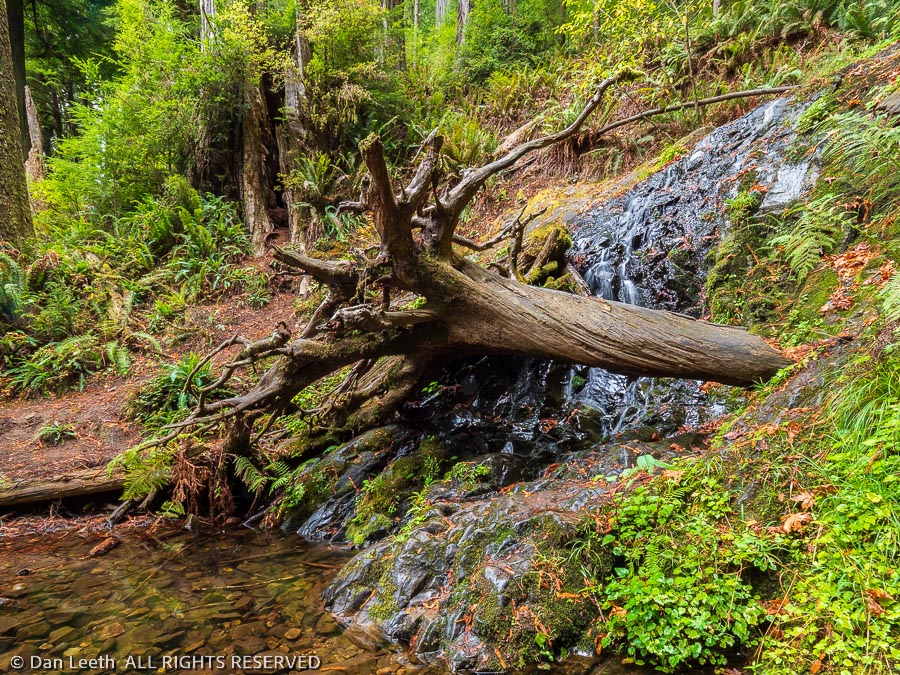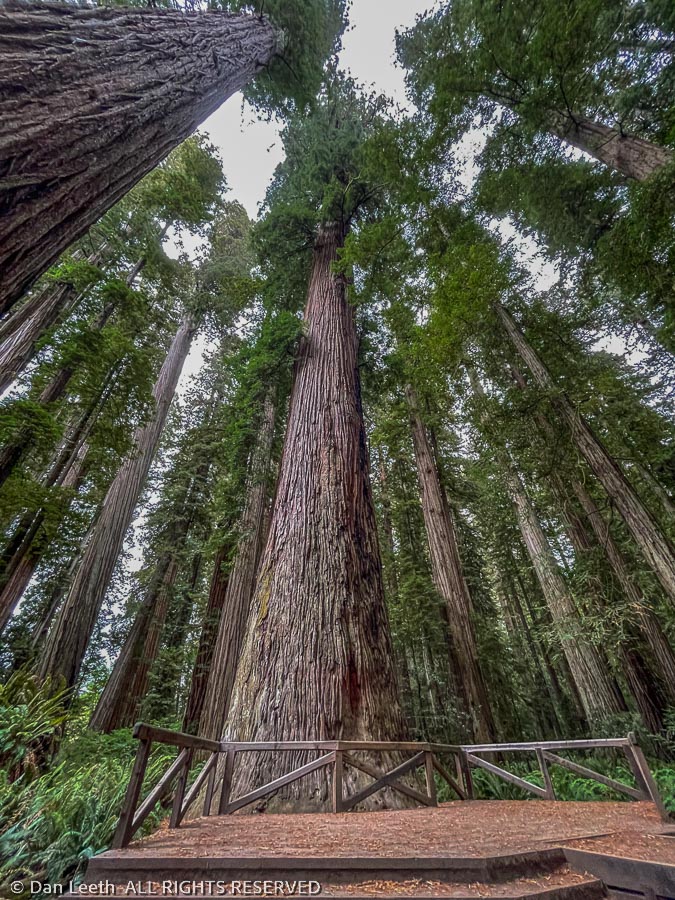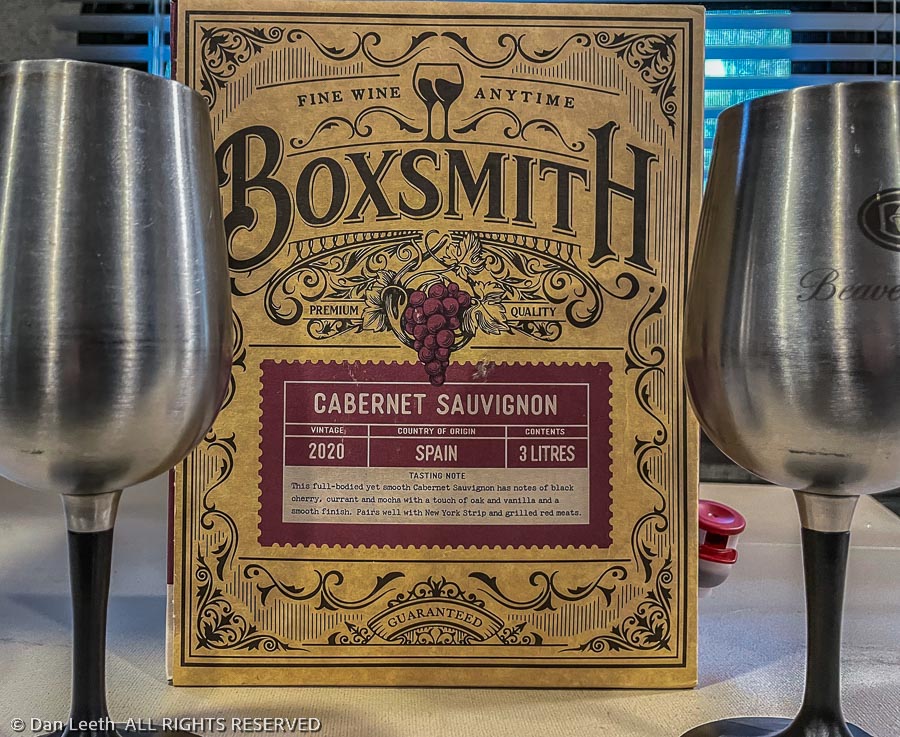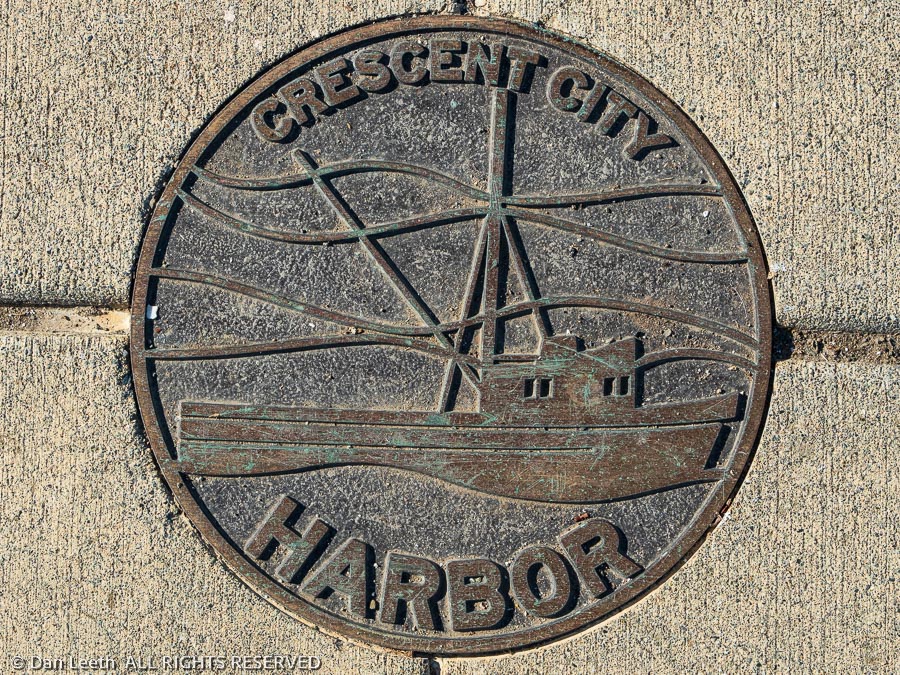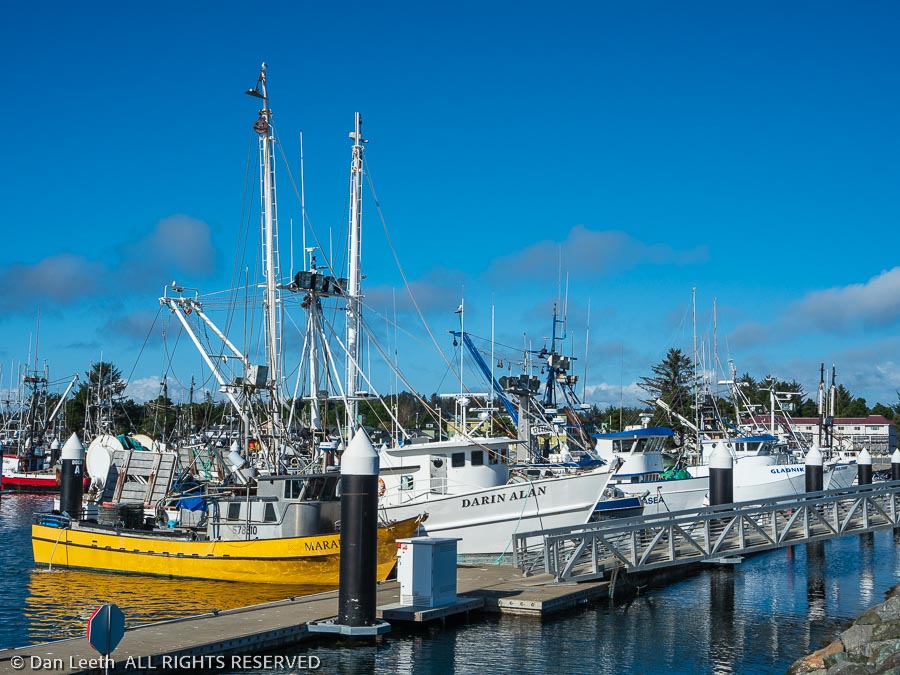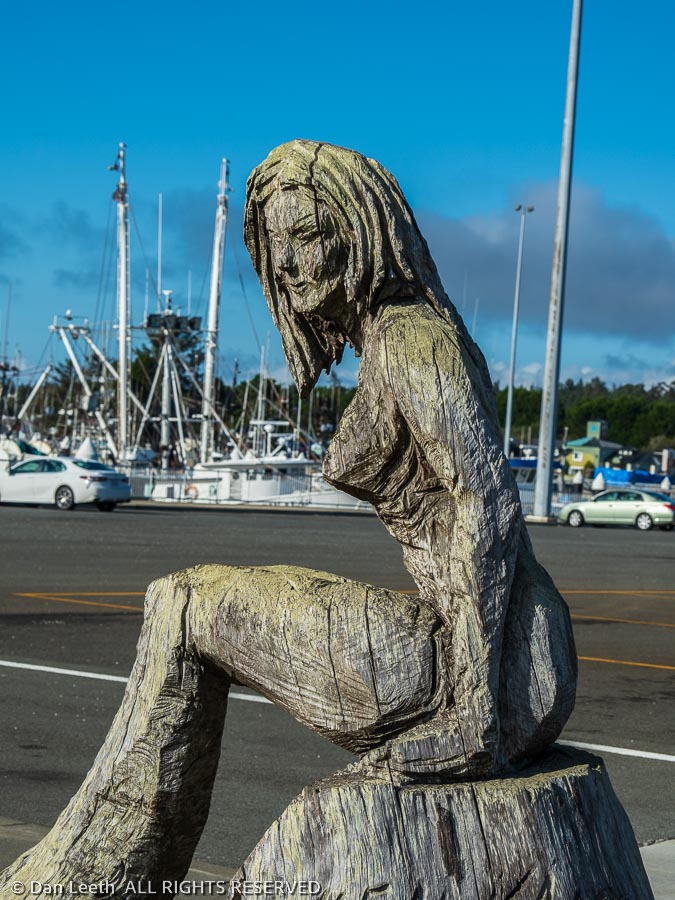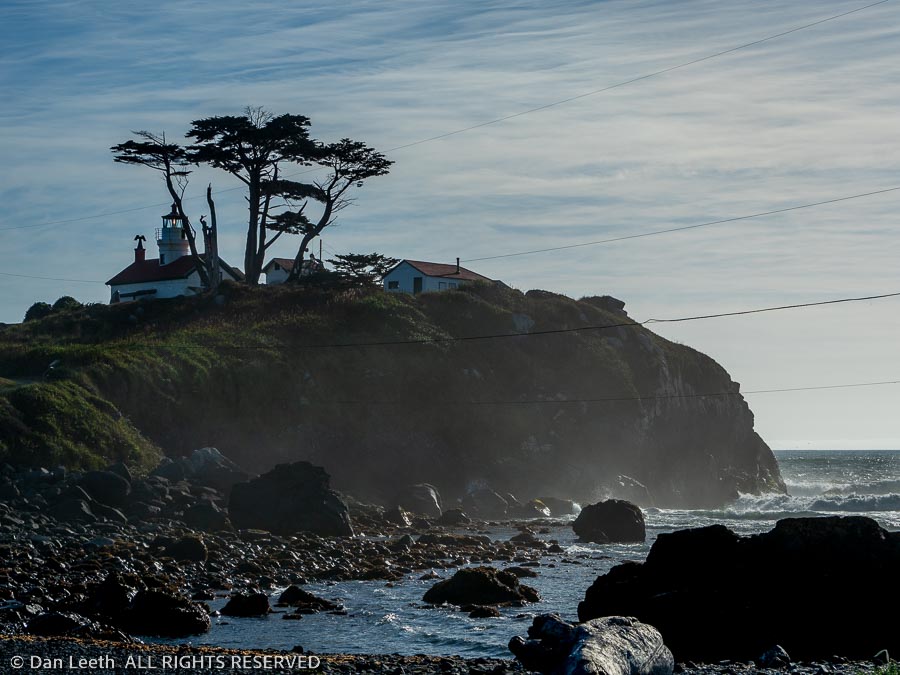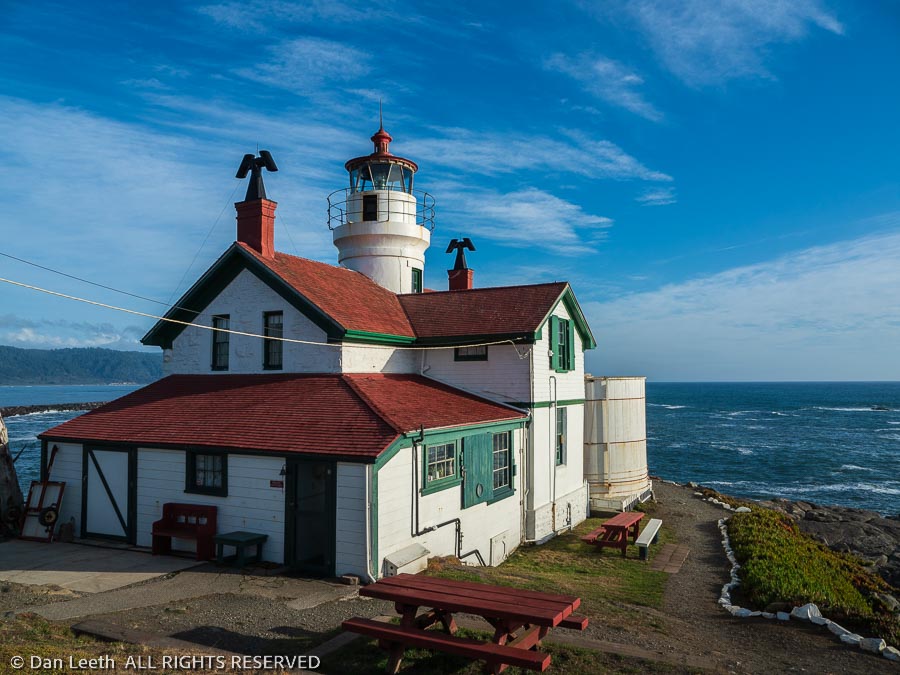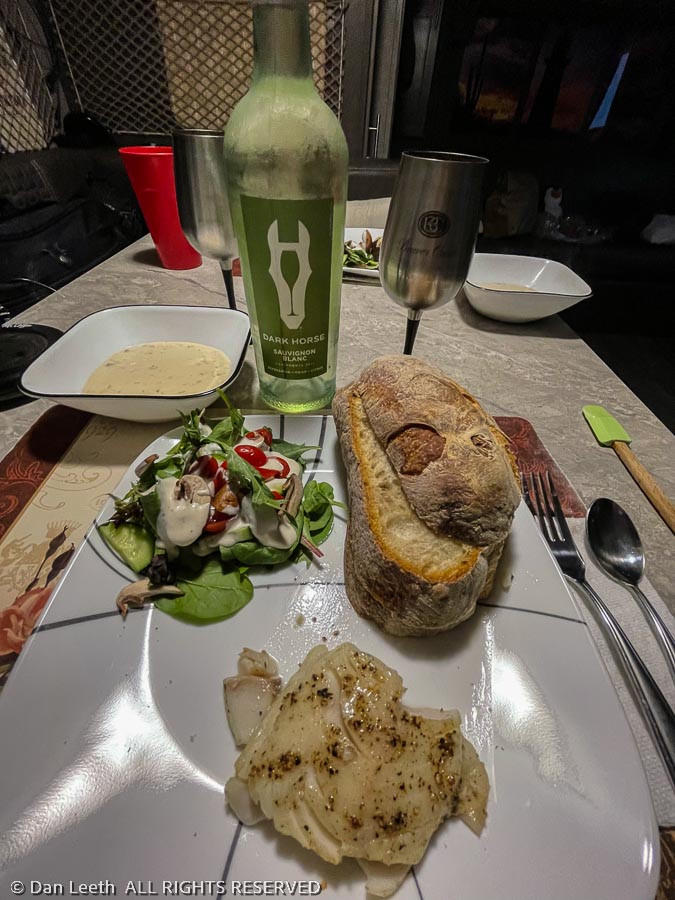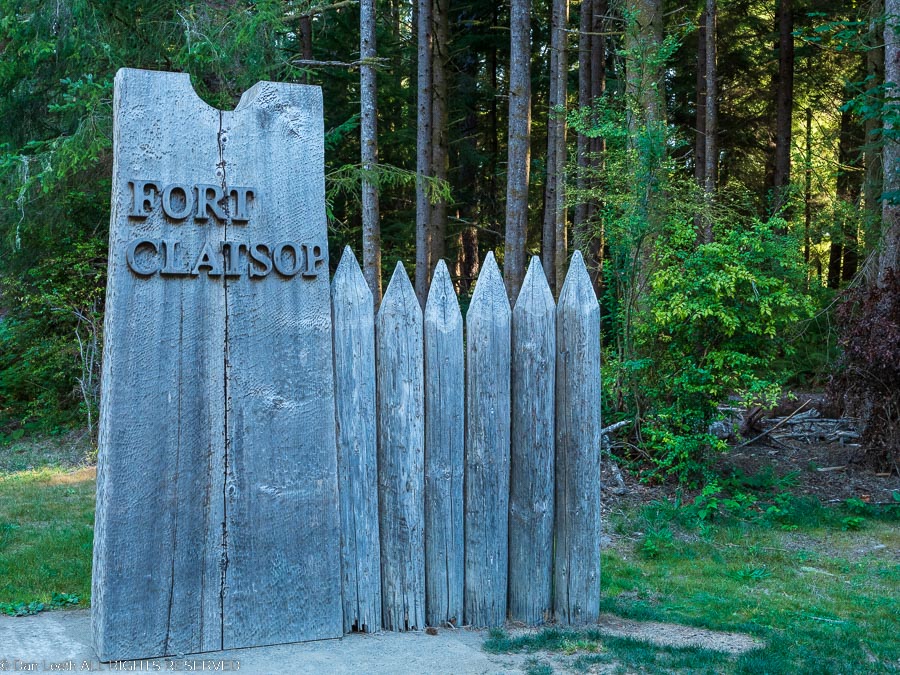
Today, we went back in history to the early 1800s when Meriwether Lewis and Bill Clark first camped in the area. A few miles from Fort Stevens, the National Park Service manages a Historic Memorial site that has a replica of Lewis & Clark’s winter quarters at Fort Clatsop. Life is so much easier today.
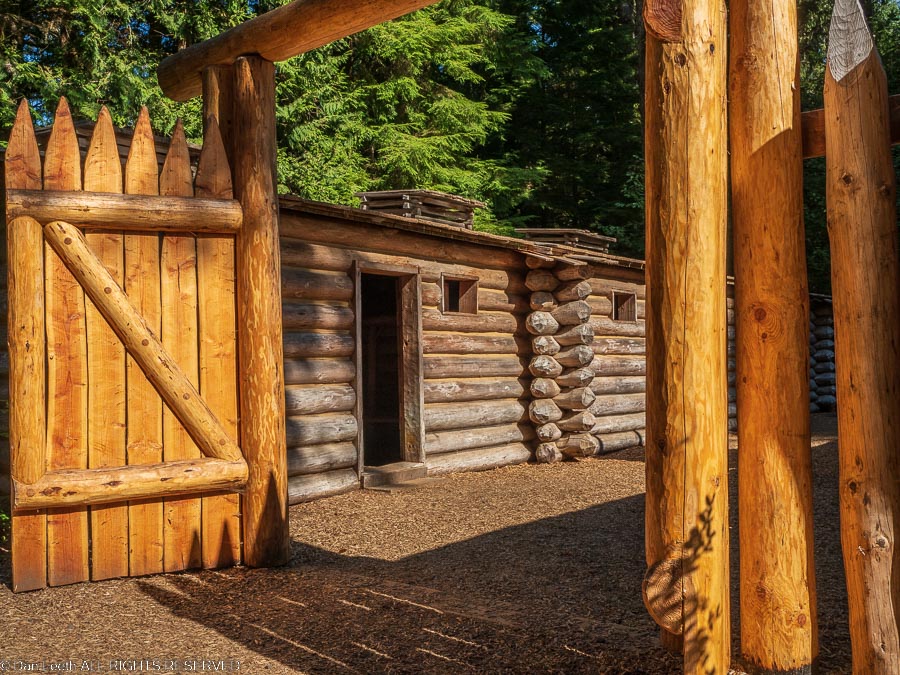
From there, we drove to the riverside town of Astoria and crossed on the bridge to the Washington side of the Columbia River. Now I can climb tall, vertical cliffs and think nothing of it. But I’m not a big fan of long, high bridges over deep water, especially when the bridge is in earthquake and tsunami country.
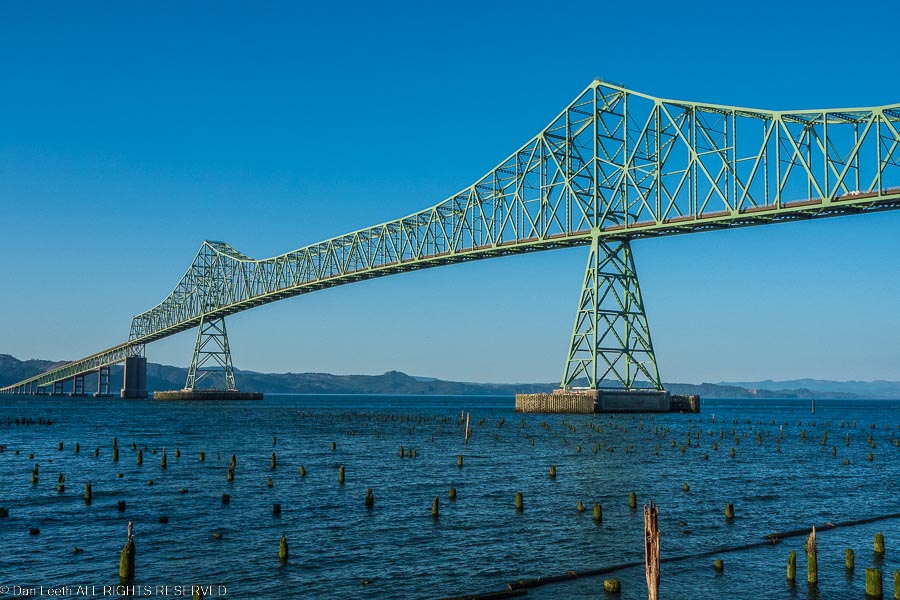
This narrow, two-lane bridge stretches four miles in length as it crosses the West’s largest river near its mouth. The first part of the arcing span is high enough to let ocean-going freighters (and probably the average aircraft carrier) pass under. Just crossing it was a white-knuckle experience for me. To make matters worse, they were doing construction on the height of the span. We had to stop behind a flagman atop the highest, steepest part of the span for what seemed like 2½ lifetimes, waiting for our turn to pass. Fortunately, there were no earthquakes or tsunamis.
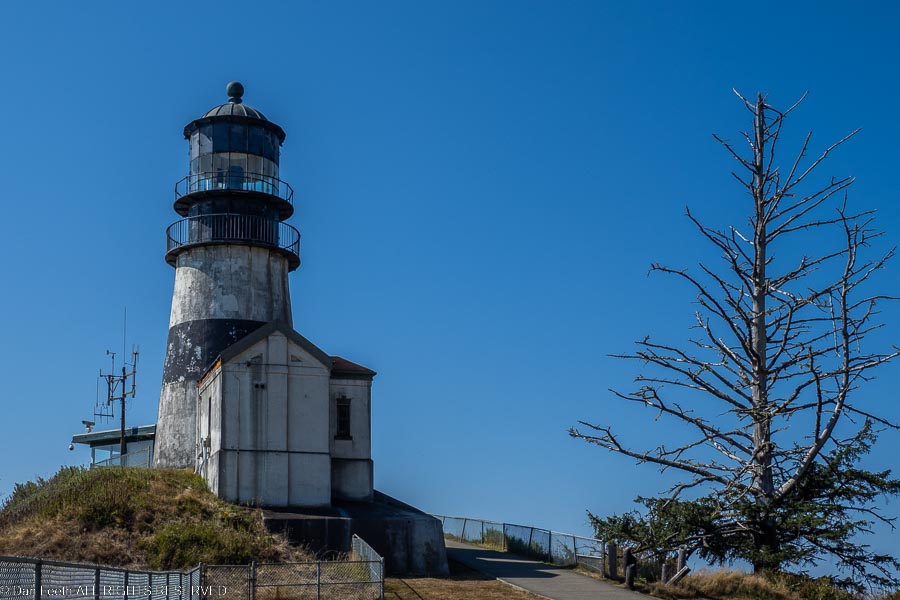
Safely on solid ground again, we drove up the Washington coast to Cape Disappointment State Park. We toured the park’s Lewis & Clark Interpretive Center, walked to both of the Cape’s two lighthouses, checked out the park campground and had brews along the harbor in nearby Ilwaco, Washington.
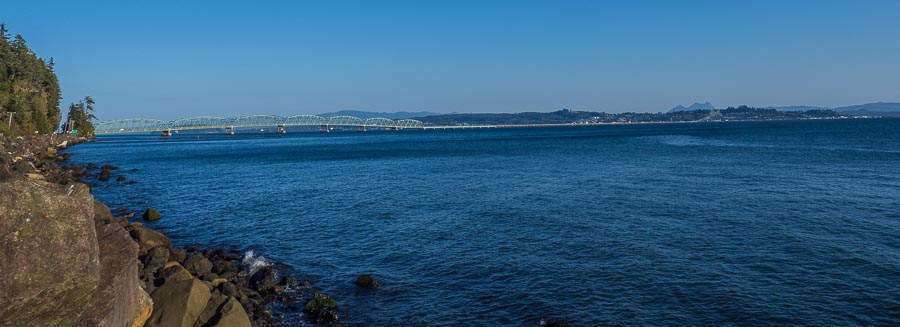
Then it was back to the bridge. The construction crew was done for the day and there were no holdups this time across.
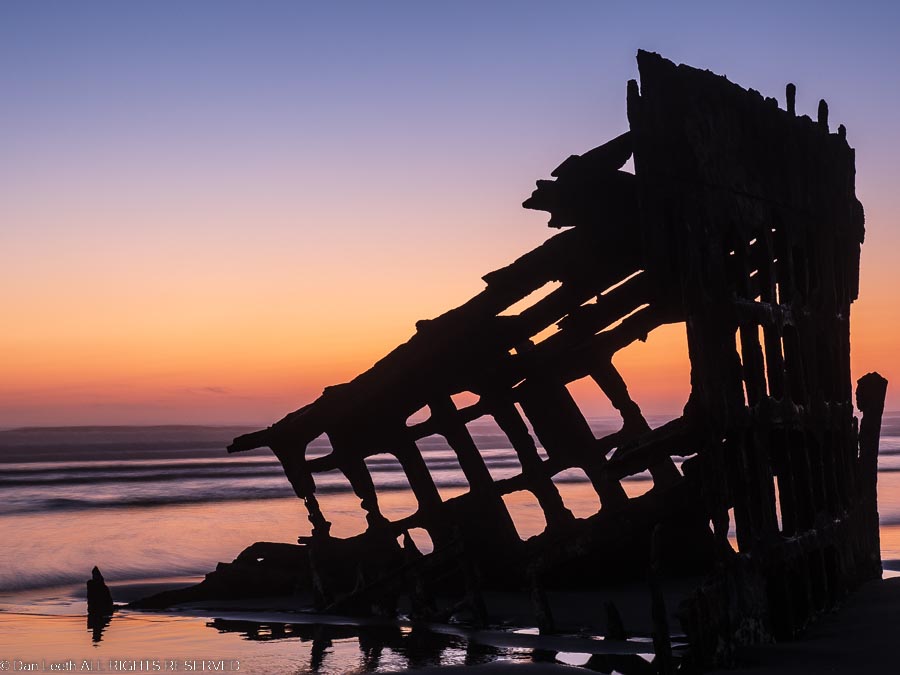
Back at Fort Stevens, we drove down to the beach and watched the sunset light enflame the sky behind the remains of a ship that washed ashore over a century ago. Then it was back to camp where we sat outside with glasses of wine and looked up at the stars.

